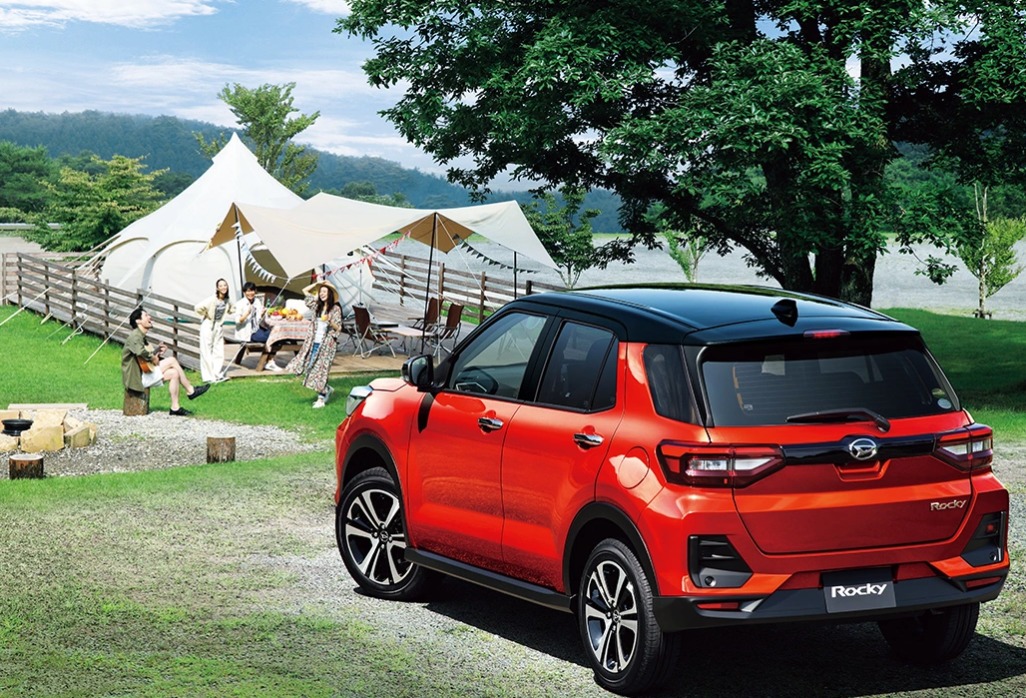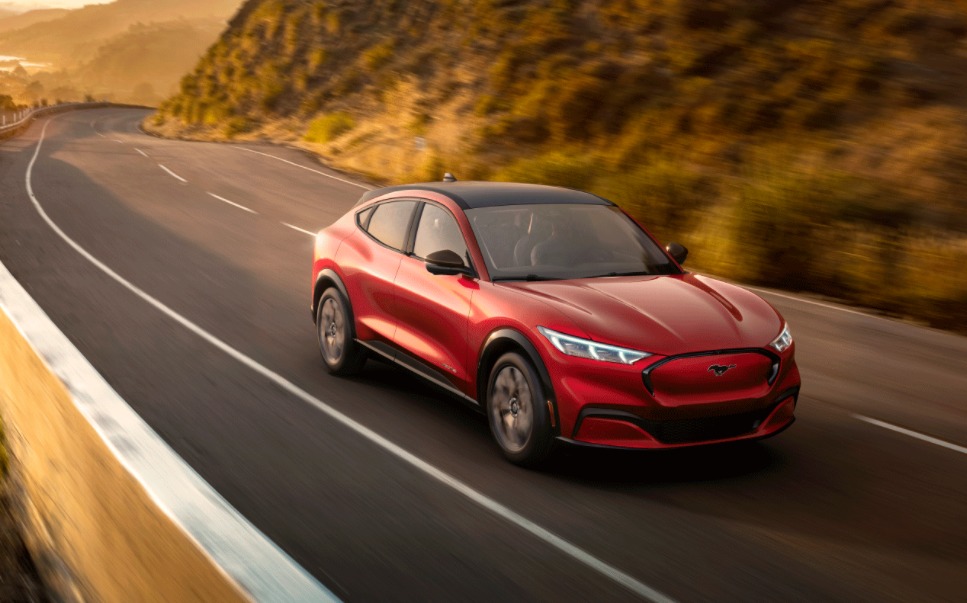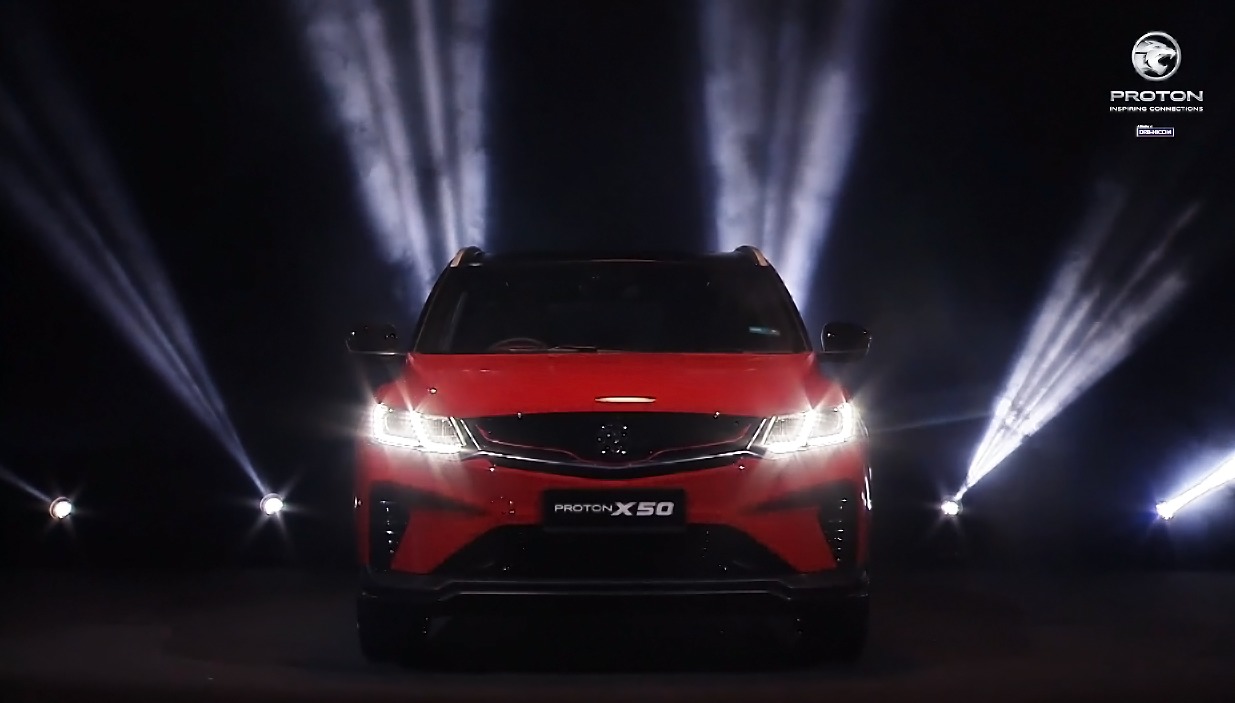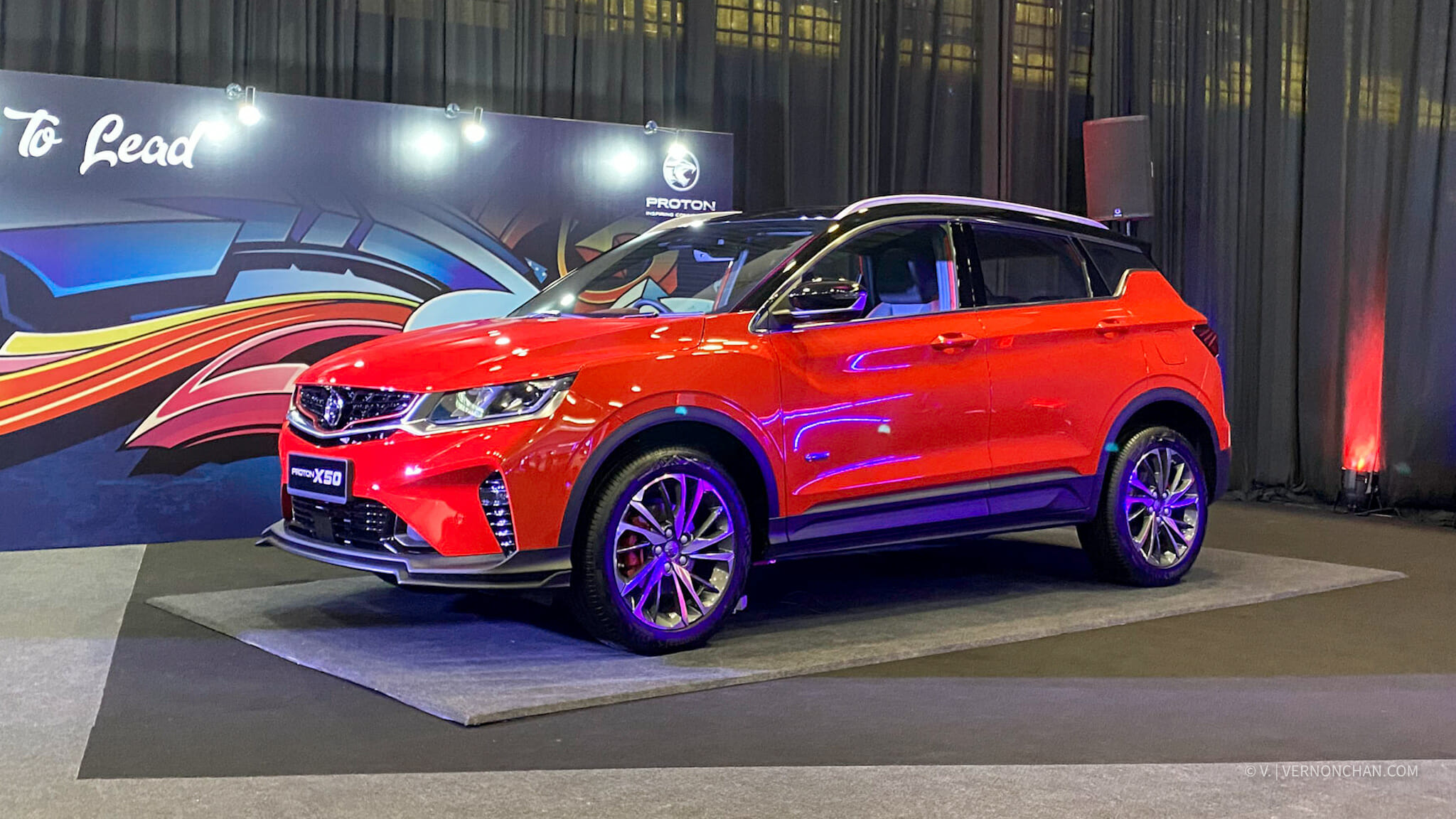We’ve been teased enough. Desire, indeed, has a new name. At least Proton wants you to believe that. ‘Creating desire’ through clever marketing and convincing consumers to spend money on a car that they don’t need is a challenge indeed.
The much-flawed Gen.2, despite its distinctive style and fresh design, failed to represent the ‘new’ Proton when it was released. Proton’s quality assurance to the public ultimately failed with flaws and defects numbering more than the horsepower of its maiden engine – the CamPro.
Proton, however, redeemed its tarnished image (if only slightly) with the considerably better built Tiara Replacement Model – the Savvy. A quirky, great-handling mini car, powered by a 1.2-litre Renault-sourced engine. Some say the best built Proton car to date. The stringent German TUV quality control throughout its development and emminent release off production lines proved fruitful for the Savvy, although its many virtues overshadowed by archrival Perodua’s MyVI. See how they stack up.
The much-awaited, if not long delayed Satria Replacement Model or SRM for short, was launched yesterday with much fanfare at the newly-opened Proton Centre of Excellence, Subang Jaya. Amidst the gloom over Proton’s plunging sales and precarious future, the SRM ushers Proton’s renewed vigour and commitment to building better cars in the future.
Welcome the Satria NEO
Proton quotes – “The Satria Neo is a beautiful crafted evolution of the famous icon, the Proton Satria GTi”. As mentioned by the Prime Minister, Dato’ Seri Abdullah Badawi, in his opening speech, the ‘Satria’ moniker is retained as it is a good name that represents Proton’s fighting spirit – ‘Satria’ in Malay meaning knight. From a marketing point of view, retaining the Satria name ensures continuity of the Satria brand and platform, and a recognisable icon to consumers. Many thought Proton would emulate the Gen.2 and Savvy by dropping the Malaysian identity in the product name, but have been proven wrong.
The Satria Neo, up-close
Loosely based on the Gen.2 chassis, the Satria Neo has a similar corporate front with the Gen.2. Its handsome frontage and clean, curvaceous lines exudes style and outright sportiness. The projector-style front headlamps add masculinity to the overall package. The rear lamp cluster, is very BMW 1-series-like, which adds much desirability to the rear, which on my opinion, is the best view of the car.
The car seems strangely smaller in the flesh, as compared the pictures scattered all over the internet. But if you thought it looked good in pictures, it’s a huge two-fold better up close and personal. Proton should be commended on the styling, which on my opinion, the best-looking Proton car to date. ‘A’ for effort Proton and an ‘A’ for execution as well!
The interior
The Satria Neo’s interior is a vast improvement over that of the Savvy and Gen.2. Where we saw the Savvy offering better build quality over its bigger cousin, the Gen.2, the Satria Neo seems, on first impression, even better. Proton continues its Lotus-DNA, minimalist, contemporary route with the interior. I personally like it a great deal, from the colours and materials used and the overall solid feel of the cockpit. Aesthetics aside, seating position is spot-on. Where I can hardly fit in the driver’s seat of a Gen.2 with my 6ft 1in frame, the Satria Neo offered adjustability and space. The seats felt solid and offered much support. I did not attempt to try the back seats, as I felt it would be a pointless exercise. There’s only that much space you can offer in a 2-door hatch, the old Satria included.
Driving position, like the Savvy, is good. The Perdana-like steering looks and feels good in the flesh.
Satria Neo Concepts
The centre of attraction were the two Satria Neo concept cars, styled by Proton Design. The aggressive competition white ‘Desire’ being my favourite. The MOMO centre rear muffler looked stunning and the Ford Focus WRC-inspired rear spoiler looked fabulous. The interior looked somewhat like a modder’s dream car, something out of Import Tuners. Over-the-top may be an understatement, although I fancied the leather-clad full bucket Recaros. With enough MOMO luxury items thrown in for good measure, the ‘Desire’ concept, however extravagant it seemed, gave visitors a good impression of what the Satria Neo could look like if you had deep pockets (or deeper than average, at least!). The bright orange ‘Symphony’ concept was no less enticing, and I relished the black leather interior, including the delicious Recaro semi-buckets.
Satria Neo R3
Strangely enough, for most of the Satria R3 owners who attended the launch, had assumed that R3 had styled the concept cars. How wrong we were! We were on our way to the exit of the spanking new COE, when we were informed that the Satria Neo R3 Concept was somewhere upstairs, with the various Lotus makes.
We were greeted by Head of R3 Tengku Djan Ley, R3 Head of Special Projects Adian Khalid Yein, R3 Media Manager Amin Ashaari and R3 Technical Aizuddin. We were completely blown away when we caught a glimpse of the Satria Neo R3 Concept. The familiar Incognito Black paintjob, R3 red-white stripes, the 18-inch Advantis wrapped with Yokohama Advan Neova AD07 rubber, the Recaro SR4s, MOMO Tuner and R3 steering spacer. They were all there. The front valance looked absolutely menacing! If the white ‘Desire’ screamed ‘take me, you fool!’, the R3 Concept commanded ‘what’s my name, bitch!’. It simply exuded sexiness and desirability at levels beyond that of even the Satria R3, or Gen.2 R3. It’s ALL THAT!
Will they release a Satria Neo R3 Limited Edition Vehicle?
That was the question I posed to R3 Head of Special Projects, Adian who explained that it is possible, but only with mother company Proton’s support, as R3 does not have the capability to mass-produce vehicles on its own, despite the fact their maiden project, the Satria R3 made it to production.
In order for LEVs to be commercially viable, a limited run of at least 2,500 units is required. There may yet be another LEV from R3, but officially, R3 will only produce R3 performance parts and accessories for Proton cars, much like what is being done with the Savvy (Zerokit) and Gen.2. The Satria Neo R3 kits, including the styling bits on the concept car will be commercially available next year. Stay tuned, and wipe that saliva off your keyboard!
End note
First impression, the Satria Neo, is a well put-together effort by Proton. Proton seemingly has dug deep to develop a quality car. Spending RM500 million in R&D and production, Proton took 24 months before rolling the Satria Neo off its production lines in Tanjung Malim. From the looks of it, the Satria Neo should rank amongst the best car Proton has ever made thus far. In a competitive automotive market that calls for SUVs, MPVs and sedans, one questions Proton’s move to release a two-door hatch. Having said that, Proton’s aging product line is in dire need of a fresh revamp, and the Satria Neo is a fresh start, even if it fills a niche market. Proton self-admits that the Satria Neo is not a mass-market car.
For Proton’s sake, with style (and substance) and a good price tag, let’s hope the Satria Neo fulfills Proton’s ambitions to be a better car maker, and realigns itself for the future.
On a personal note, I’d like a 1.6 Satria Neo in white, please!
For full specs, visit the official Satria Neo page. Or book one now at Proton Edar!
Originally posted on The R3gister











